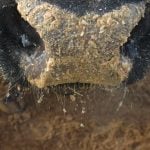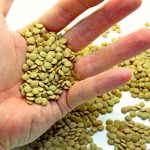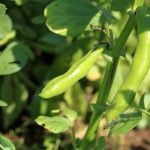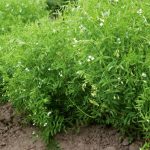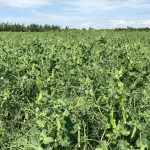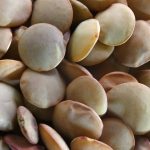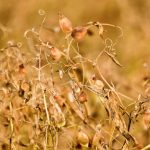MarketsFarm — Analysts are expecting Canadian crop production totals for the 2022-23 marketing year to be substantially higher compared to drought-stricken 2021-22, but still not enough to fully replenish supplies. Statistics Canada (StatCan) will publish its first satellite image model-based yield and production estimates for principal field crops on Monday. Traders and analysts are interested […] Read more


